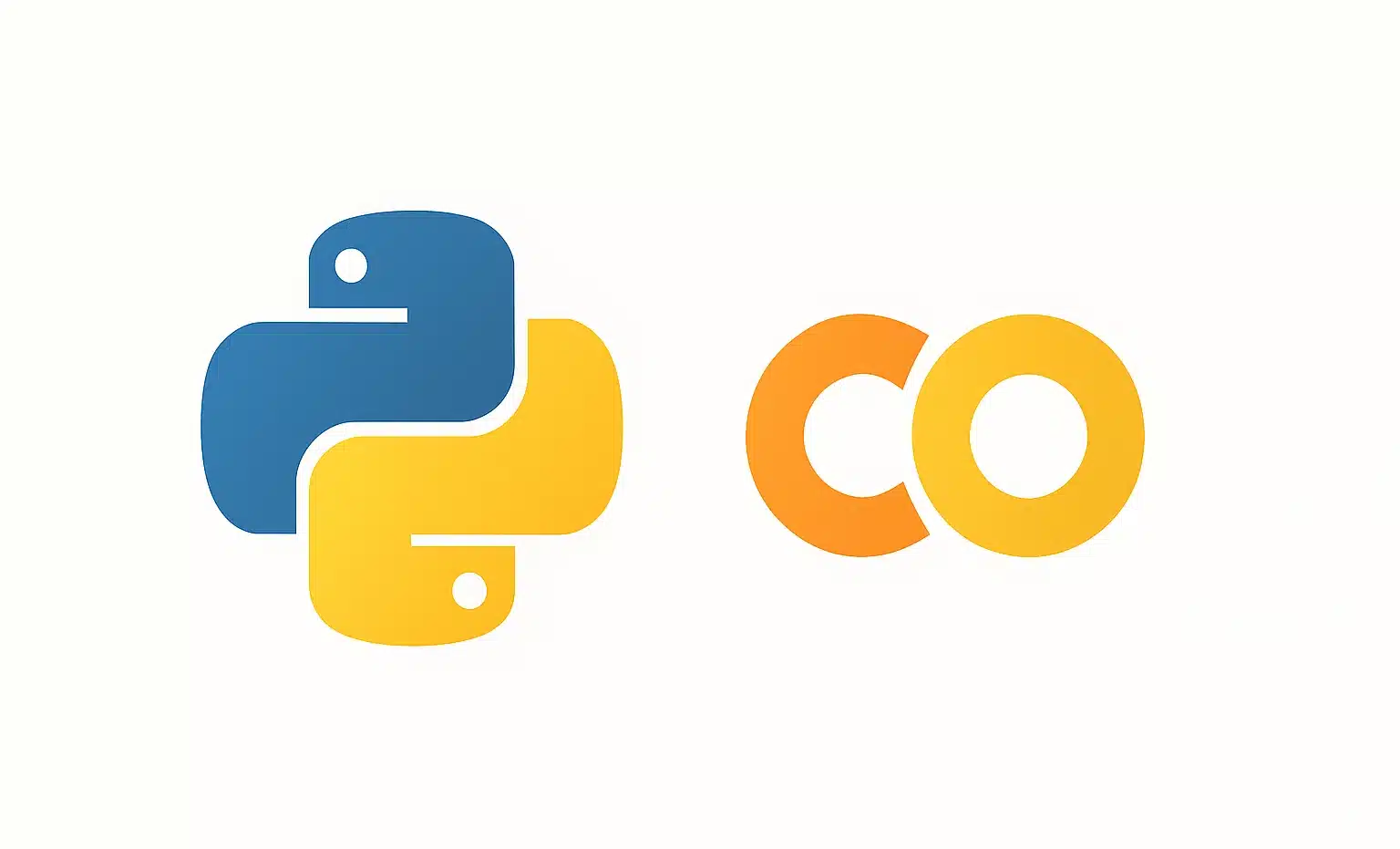A CDN, or Content Delivery Network, enhances the performance and reliability of websites and applications. Learn how this infrastructure optimizes content distribution and why it has become essential in modern software development!
We live in an era where every second matters, which is why CDNs (Content Delivery Networks) are crucial infrastructures for modern developers. By strategically distributing servers globally, these networks improve the distribution of digital content by bringing data closer to end-users. This approach minimizes latency, enhances loading times, and provides an optimal user experience.
Beyond accelerating websites, CDNs play a pivotal role in various software development domains: from video streaming and software update distribution to mobile application optimization. For developers, understanding CDNs and their benefits is crucial to designing high-performance and scalable applications!
A network of interconnected servers for web content
Historically, CDNs appeared in the late 1990s to address Internet performance limitations as it became an essential medium for both individuals and businesses.
They are built to manage large volumes of traffic and provide high availability by replicating content across multiple servers situated in various points of presence (PoPs) worldwide. Through cached copies of files (such as images, videos, or scripts), CDNs bring data closer to the end-user.
The aim? To accelerate and secure the delivery of web content. The primary idea? To decrease latency, meaning the time it takes for a request to reach a server and for the response to return to the user. For example, an internet user located in Europe accessing a site hosted in North America might face a significant delay due to the distance. With a CDN, the data is fetched from a server close to the user, ensuring a smooth experience.
The Content Delivery Network thus acts as a facilitator, optimizing loading speed, reducing network congestion, and enhancing the availability of websites, even during heavy traffic.

Over time, CDNs have evolved to serve a massive portion of current Internet content. This includes web objects (texts, graphics, scripts), downloadable objects (media files, software, documents), applications (e-commerce, portals), on-demand streaming media, or even social networks.
Today, CDNs are a key component of the Internet ecosystem, providing solutions to enhance the performance, reliability, and security of online applications.
How does a CDN work?
Content Delivery Networks operate through an advanced infrastructure and intelligent mechanisms focused on optimizing content distribution. Several elements explain their efficiency. When a user accesses a website, contents like images, videos, or CSS/JavaScript files are temporarily stored on CDN servers, called points of presence (PoPs).
These servers are strategically placed to cover major geographical user activity zones. Thus, instead of retrieving this data from the main server for each request, users access a ready local copy.
This caching significantly reduces loading time. Moreover, a CDN automatically redirects users to the most efficient server, often the one geographically closest.
However, this smart routing does not rely solely on distance. Factors like network status or server load are also considered to ensure optimal navigation. Another aspect is Load Balancing, or traffic distribution. By spreading traffic across multiple servers, a CDN prevents a single server from being overwhelmed. This avoids performance drop or even outages.
This dynamic management ensures a consistent user experience, even during high traffic. Additionally, CDNs do more than just accelerate content delivery.
They also secure data through encrypted connections and tools like Web Application Firewalls (WAF). Some CDNs even include advanced protection systems against DDoS attacks (Distributed Denial of Service).
What are the benefits?
Adopting a CDN offers numerous benefits, extending well beyond improving load speed. It primarily aids in reducing latency. By bringing content closer to end-users, page loading times are significantly decreased. This not only boosts user experience but also reduces bounce rates, greatly improving loyalty.

Furthermore, a CDN plays a crucial role in website security. It acts as a barrier between users and the main server, minimizing the risk of direct attacks. Features such as WAF and DDoS protection ensure service continuity even during security breaches.
Employing a network of redundant servers, CDNs also ensure consistent availability. If a server fails, traffic is automatically redirected to another operational server. This architecture ensures users can access websites without interruption, even in cases of technical failures.
Moreover, as content is cached on CDN servers, the main server is accessed much less frequently, reducing bandwidth consumption and lowering associated costs for companies, while enhancing overall performance. Leveraging these advantages, CDNs prove to be essential tools for companies aiming to offer a high-performance, secure, and available site to a global audience!
The many use cases of CDNs
A wide range of sectors utilizes Content Delivery Networks to fulfill their specific needs. Here are some iconic use cases. In e-commerce, where every millisecond counts, CDNs help speed up product page loading, optimize images, and ensure a seamless user experience.
This is true even during traffic surges like Black Friday. For instance, giants like Amazon use CDNs to handle billions of daily requests while providing fast response times. Streaming platforms, such as Netflix or YouTube, also use CDNs to stream high-quality videos without interruption.
Content is cached on servers near users, allowing smooth streaming even in regions with limited internet connections. Similarly, news sites such as CNN or BBC rely on CDNs to quickly load their articles, videos, and images. This is especially crucial during high-traffic periods, such as global events.
This ensures their readers can access real-time information. The video streaming era heavily depends on CDNs! The same goes for the video game industry, as Content Delivery Networks reduce latency, facilitate update downloads, and enhance the smoothness of online gameplay. Companies like Epic Games or Steam use these networks to efficiently distribute their content to millions of players worldwide.

Important challenges to overcome
CDNs offer many advantages, but they also have certain limitations and challenges to consider. For large organizations, the investment generally pays off. However, for small businesses, the initial costs can be a barrier, especially if they don’t require global coverage.
Additionally, implementing a CDN often demands technical expertise. Poor configuration can lead to performance issues or security vulnerabilities, complicating integration for less experienced technical teams.
Moreover, by outsourcing some of their content management to a CDN provider, companies become reliant on them. Any infrastructure failure or service issue can directly affect content availability and security.
Another issue is geographical limitations. Although CDNs are designed for global coverage, some less developed geographic regions are not always well served, such as Africa or Central Asia. This limits the effectiveness of CDNs for a global audience.
Furthermore, CDNs excel in caching static content such as images and videos but are less efficient for dynamic content that requires real-time interaction with a main server.
This downside is particularly evident when attempting to cache banking transactions or interactive platforms. All these challenges must be taken into account before adopting a Content Delivery Network!
How to choose the best CDN?
Choosing a CDN should be guided by several criteria to meet your company’s specific needs. First, analyze the regions where your target audience is located. An effective CDN should have points of presence (PoPs) strategically situated in the regions where your audience is most active.
For instance, for a company targeting users in Asia, a CDN with a strong presence in this region will be essential. Also, evaluate the technical capabilities. This includes the average latency in covered regions, content caching speed, and compatibility with modern formats like HTTP/3 and TLS 1.3.
Furthermore, ensure the CDN offers security features such as protection against DDoS attacks, a Web Application Firewall (WAF), and data encryption via HTTPS.

A good CDN should also integrate easily with your existing infrastructure, whether it be your website, mobile application, or e-commerce platform. Solutions like Cloudflare or AWS CloudFront offer simplified integrations with CMS platforms such as WordPress or Shopify.
Don’t forget to evaluate the pricing model. It can be pay-as-you-go, often based on bandwidth consumption, or a specific offer for startups and small businesses with limited needs.
Among the most popular providers are Cloudflare, Akamai, AWS CloudFront, and Fastly. Be sure to select a CDN that can adapt to the growth of your needs in the long term!
A crucial infrastructure for the modern web
In today’s digital ecosystem, CDNs have established themselves as crucial tools in the current digital ecosystem.
By reducing latency, enhancing security, and ensuring constant availability, they meet the demands of modern users while helping businesses reach a global audience.
However, selecting and implementing a CDN must be thoughtfully considered to maximize its impact. Properly configured, a CDN can transform the user experience and bolster an online business’s brand image.
To become an expert in CDN, you can choose DataScientest. Our online training will teach you how to master the best tools in this area and fully exploit all their features.
All our programs are conducted online in BootCamp, continuous, or alternating formats and lead to certification. Our organization is eligible for funding through CPF or France Travail. Discover DataScientest!
Now you know everything about CDNs. For more information on the same topic, check out our article on AWS CloudFront and our article on Cloudflare!










